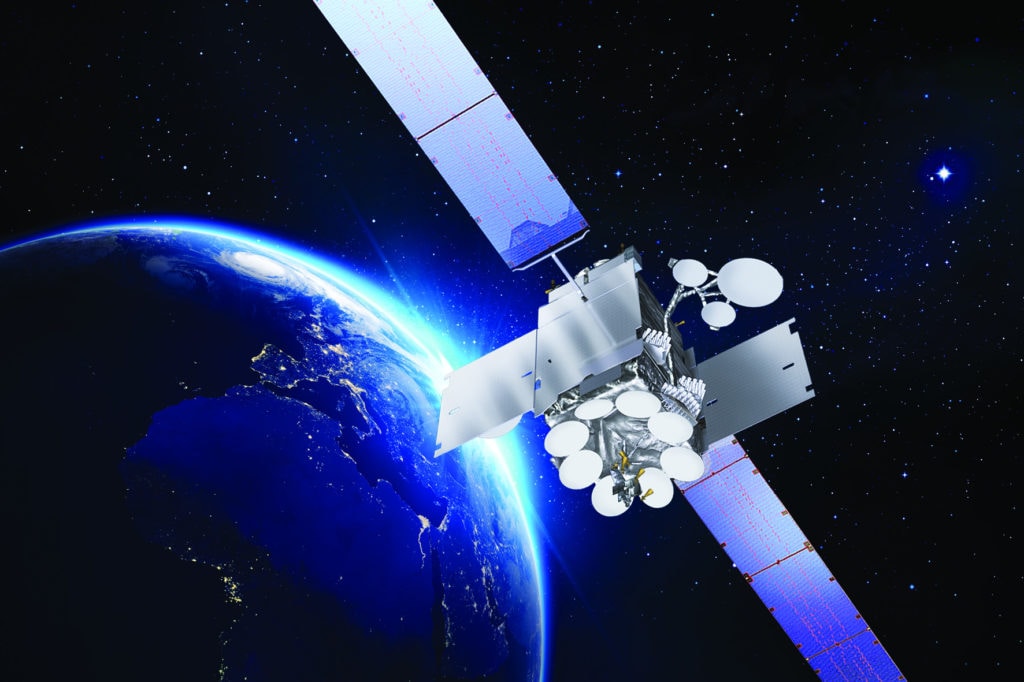Inmarsat to launch eight new satellites by the end of 2023, expanding its Global Xpress network

Inmarsat begins an intensive four-year programme of satellite launches this week, expanding its Global Xpress (GX) network both in coverage and capacity. The new GX5 satellite, said to be the most advanced satellite in the GX fleet, is scheduled to be launched by Arianespace from Guiana Space Center in Kourou, French Guiana on Friday 22nd November. The launch window is between 21:08 and 22:43 UK time / UTC.
Built at the Thales Alenia Space facility in Nice, France, the Very High Throughput Satellite (V-HTS) GX5 is the first of eight new satellites, all of which are expected to be in operation by the end of 2023. It will deliver twice the capacity of the entire existing GX fleet of four spacecraft combined. The expected mission time of the Ariane 5 rocket is 34 minutes, 14 seconds, with separation of the 4,007kg GX5 satellite the final step at approximately 34 minutes, 7 seconds after launch.
The new GX5 will be positioned over the skies and seas of Europe, the Middle East and Asia in response to surging demand for high-capacity broadband from the aviation and maritime sectors. For superyachts, this demand is fuelled largely by growth in streaming services and remote working. Monthly download volumes vary significantly, with the highest demands during June, July and August. From its Fleet Xpress data service, Inmarsat has seen peak usage of 860GB per month on a single superyacht this year, and over 1.3TB per month on a luxury charter yacht. Video, TV and music services combine with internet browsing and Virtual Private Network (VPN) access to account for the majority of download traffic. For upload, bandwidth usage is dominated by storage to the cloud, including iCloud, Amazon and Dropbox, followed by emails.
The final two satellites, GX10A and GX10B, signal a departure from Inmarsat’s core technology. Until now, all Inmarsat’s launches have been into geostationary orbits, meaning that the satellite orbits above the equator and keeps a fixed station above the Earth’s surface. This gives excellent coverage to latitudes of around 68°, but cannot extend to the poles. The new GX10A and GX10B satellites will solve this for the Arctic. Launched into a highly elliptical orbit (HEO), the two new satellites will ensure continuous coverage of the northern polar region above latitude 65°N.










